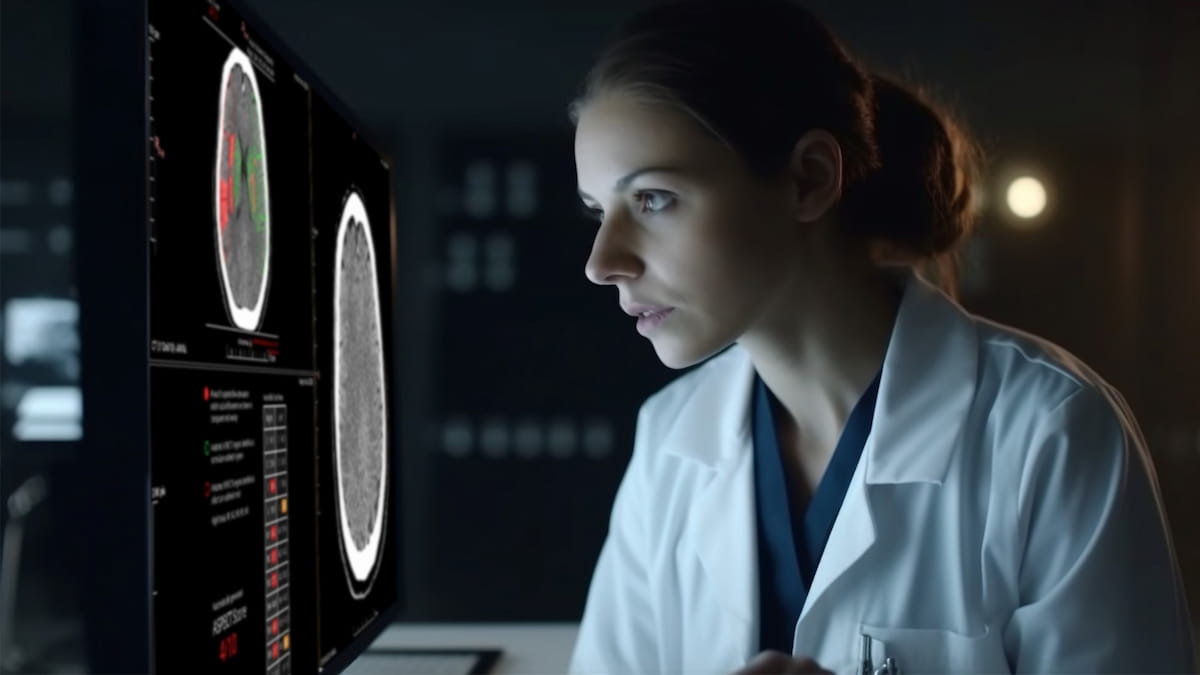FDA Clears CT-Based AI Tools for PE Detection and Stroke Severity Assessment
The artificial intelligence (AI) modalities CINA-iPE and CINA-ASPECTS may facilitate improved detection of incidental pulmonary embolism and stroke evaluation, respectively, based on computed tomography (CT) scans.
The Food and Drug Administration (FDA) has granted 510(k) clearance to the artificial intelligence (AI)-powered CINA-ASPECTS, which may enhance the evaluation of stroke severity, and the AI-enabled CINA-IPE, which is geared toward bolstering the detection of incidental pulmonary embolism (PE).
Based off brain non-contrast computed tomography (NCCT) images, the CINA-ASPECTS modality provides heat mapping probabilities of sulcal effacement and hypodensity, identifies infarcted regions and offers automated ASPECT scoring for stroke severity, according to Avicenna.AI, the developer of CINA-ASPECTS.
The newly FDA-cleared CINA-ASPECTS reportedly provides automated ASPECTS scoring of stroke severity based off of non-contrast CT scans of the brain, according to Avicenna.AI. (Photo courtesty of Avicenna.AI.)

"The validations and multi-reader-multi-case studies we conducted highlighted that CINA-ASPECTS not only obtained outstanding standalone performance, but also demonstrated that its adjunctive use significantly improved clinicians' accuracy in the assessment of ASPECTS regions, compared to the conventional use of NCCT images alone," added Yasmina Chaibi, a clinical affairs manager for Avicenna.AI.
Avicenna.AI said the CINA-iPE modality, reportedly validated on 381 CT scans from 39 different CT scanner models, may facilitate timely triage with its strong sensitivity and specificity for the diagnosis of incidental PE.
Newsletter
Stay at the forefront of radiology with the Diagnostic Imaging newsletter, delivering the latest news, clinical insights, and imaging advancements for today’s radiologists.
Stroke MRI Study Assesses Impact of Motion Artifacts Upon AI and Radiologist Lesion Detection
July 16th 2025Noting a 7.4 percent incidence of motion artifacts on brain MRI scans for suspected stroke patients, the authors of a new study found that motion artifacts can reduce radiologist and AI accuracy for detecting hemorrhagic lesions.